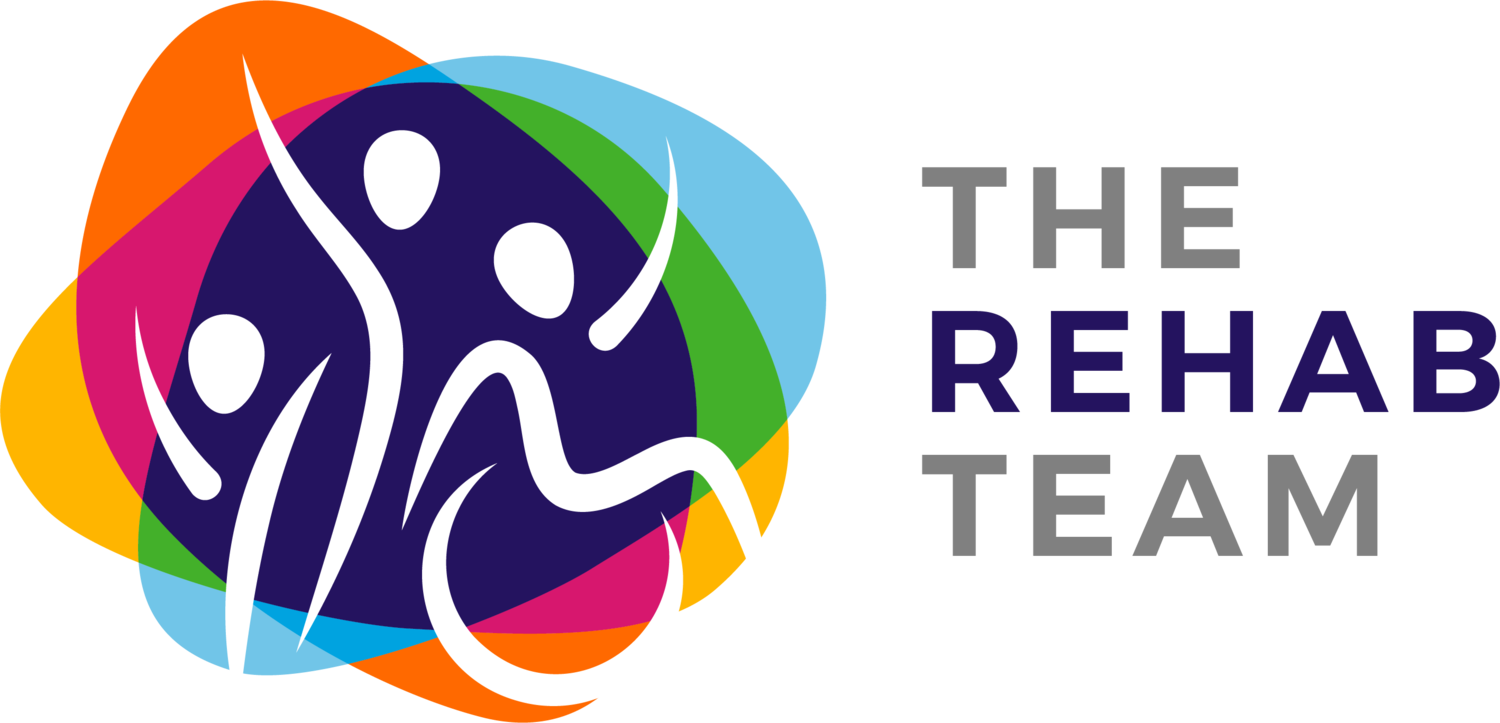Parkinson’s… Why am I having trouble turning?
Difficulty turning can be a very common motor symptom experienced by people living with Parkinson's. Turning is an advanced walking task that is essential in day to day walking. Kaitlin Davis, Neurological Physiotherapist from The Rehab Team from Tauranga shares why increased difficulty with turning can occur and strategies that can be used to improve.
Trouble turning is thought to be caused by a complex combination of rigidity, bradykinesia (slowness of movement), hypokinesia (reduction in movement amplitude) and postural instability or reduced balance when standing. It is also common for turning to be a trigger for freezing and can often be more difficult in small, enclosed spaces such as a toilet or bathroom or when multitasking. Falls that occur when turning are eight times more likely to result in hip fractures compared with regular walking. Researchers have highlighted that more than 50% of people living with Parkinson’s have difficulty in turning that can lead to falls.
When assessing a client with Parkinson’s when they are turning, it is common to see reduced speed, a longer turning duration, an increased number of steps, a narrow base of support and reduced balance. It is common to see the client turn “en-bloc” with reduced segmental coordination and rotation.
The cause of turning difficulties can be different for each person living with Parkinson’s therefore a neurological physiotherapy assessment looking at the individual causes of turning impairment should be completed. The good news is that improvements in turning ability, confidence and safety are often seen following physiotherapy input.
Some common strategies that can assisting with turning can include:
Part-practice turning retraining.
Pivot-turn technique: This technique involves keeping one foot stationary while pivoting on the other foot to turn.
Using taped lines on the ground as a target to step to.
Counting out the steps you take when you turn around. Your physiotherapist will be able to assist you in the ideal number of steps to take depending on your house layout and where you have difficulty turning.
Parkinson’s specific exercise: Targeted exercise focussing on balance, mobility, and overall motor function, which can help to reduce difficulty turning. A physiotherapist can develop an individualised rehabilitation program or can work with you to complete rehabilitation together.
Assistive devices: Your physiotherapist may recommend use of an assistive device such as a walking stick or walking frame to increase your stability and safety when turning. They will be able to assist you with finding the mobility aid best suited to your needs.
Want to know more?
If you or a loved one is experiencing difficulty with turning due to Parkinson’'s, please reach out to our Neurological Physiotherapists at The Rehab Team - Tauranga and Papamoa to arrange an appointment to see how we can help on admin@therehabteam.co.nz.
Want to know more about Parkinson’s specific physiotherapy? Click here.
If you found this article interesting and you would like to read more, you can check out our other blogs here.
References.
Cheng etl., 2018. Positive Effects of Specific Exercise and Novel Turning-based Treadmill Training on Turning Performance in Individuals with Parkinson’s disease: A Randomized Controlled Trial. Sci Rep. 2016; 6: 33242.
Mancini, et al., 2018. Turn Around Freezing: Community-Living Turning Behavior in People with Parkinson’s Disease.Front Neurol. 2018; 9: 18.

